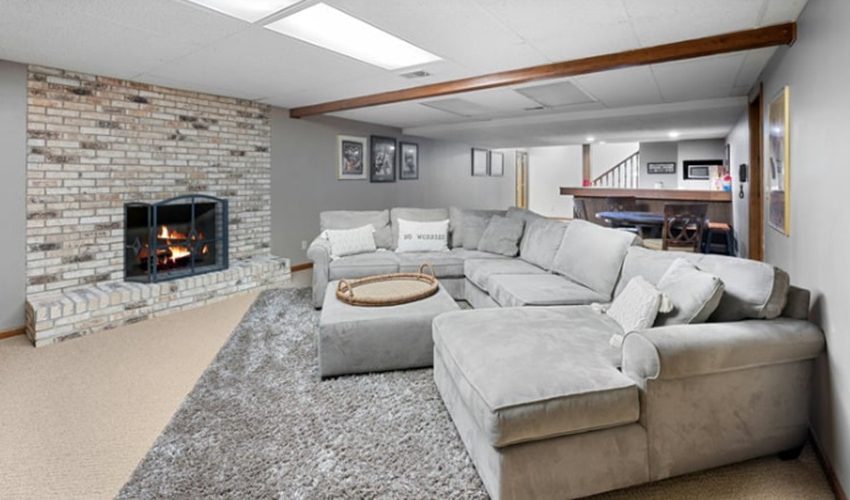Why Waterproofing Often Fails in Thunder Bay
Thunder Bay’s climate poses distinct challenges for waterproofing, given its heavy rainfall, cold winters, and significant temperature shifts. These factors often lead to waterproofing failures, which can result in water infiltration, mold, and structural issues. Here’s why waterproofing systems commonly fail and how to prevent these issues. More info about waterproofing company
1. Extreme Weather Conditions
Thunder Bay experiences significant weather extremes, with heavy snowfall in winter and frequent rains in spring and summer. These conditions test the limits of waterproofing materials, often causing them to degrade over time. Temperature fluctuations cause materials to expand and contract, leading to cracks that allow water to seep through. Without high-quality, weather-resistant materials, waterproofing systems are likely to fail sooner than expected.
2. Poor Installation Techniques
Waterproofing failures are often attributed to improper installation. When waterproofing isn’t applied correctly or when materials are inconsistently layered, it can create weak spots that are prone to leaks. Even minor oversights, such as inadequate sealing around joints and edges, can compromise the system’s effectiveness. Working with skilled contractors who have experience in local climate conditions is essential for ensuring durable, effective waterproofing.
3. Use of Low-Quality or Inappropriate Materials
Using low-quality or unsuitable waterproofing materials is a frequent issue. For example, materials designed for mild climates may not withstand Thunder Bay’s freeze-thaw cycles. Bituminous coatings, commonly used for their water resistance, can degrade with exposure to UV radiation and fluctuating temperatures. Selecting materials specifically rated for extreme weather, such as elastomeric coatings and flexible membranes, improves durability and effectiveness.
4. Insufficient Maintenance
Even well-installed waterproofing systems require maintenance to remain effective over time. Debris accumulation, clogged drains, and minor cracks can go unnoticed, gradually undermining the system’s functionality. Regular inspections and prompt repairs help prevent small issues from turning into larger problems. Neglecting maintenance can lead to premature waterproofing failure, especially in high-moisture areas like basements and foundations.
5. Poor Drainage Systems
Effective drainage systems are critical in Thunder Bay, where heavy rains can lead to water pooling around a building’s foundation. When water isn’t directed away properly, it increases pressure on waterproofing barriers, causing leaks and seepage. Poorly maintained gutters, downspouts, or foundation drains can contribute to water accumulation near the foundation, leading to waterproofing failure. Properly graded landscapes and well-maintained drainage systems help divert water away from the structure, reducing the strain on waterproofing.
6. Inadequate Waterproofing for Specific Areas
Areas like basements and foundations are especially susceptible to water intrusion and often require enhanced waterproofing. A one-size-fits-all approach often leaves these critical zones underprotected, especially in high-water areas. Thunder Bay’s unique climate necessitates tailored waterproofing solutions, with specialized materials and methods for high-risk areas to prevent leaks.
Conclusion
Waterproofing in Thunder Bay requires careful planning, quality materials, skilled installation, and ongoing maintenance. By understanding the specific environmental challenges and investing in durable solutions, homeowners can significantly reduce waterproofing failure risks. Taking proactive steps in material selection, installation, and care helps ensure a dry and resilient home in Thunder Bay’s challenging climate.




